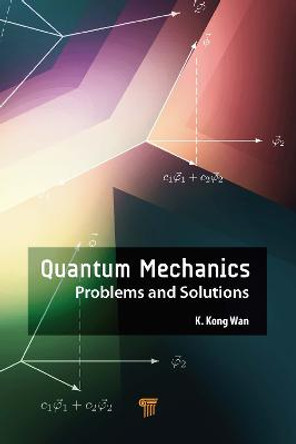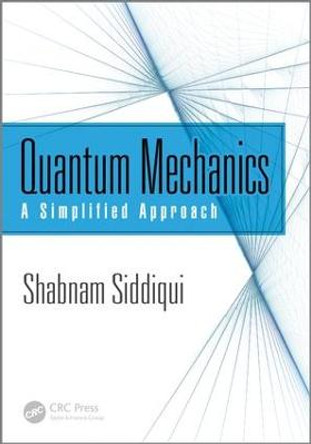Description
The mathematical formalism of quantum theory in terms of vectors and operators in infinite-dimensional complex vector spaces is very abstract. The definitions of many mathematical quantities used do not seem to have an intuitive meaning, which makes it difficult to appreciate the mathematical formalism and understand quantum mechanics. This book provides intuition and motivation to the mathematics of quantum theory, introducing the mathematics in its simplest and familiar form, for instance, with three-dimensional vectors and operators, which can be readily understood. Feeling confident about and comfortable with the mathematics used helps readers appreciate and understand the concepts and formalism of quantum mechanics.
This book is divided into four parts. Part I is a brief review of the general properties of classical and quantum systems. A general discussion of probability theory is also included which aims to help in understanding the probability theories relevant to quantum mechanics. Part II is a detailed study of the mathematics for quantum mechanics. Part III presents quantum mechanics in a series of postulates. Six groups of postulates are presented to describe orthodox quantum systems. Each statement of a postulate is supplemented with a detailed discussion. To make them easier to understand, the postulates for discrete observables are presented before those for continuous observables. Part IV presents several illustrative applications, which include harmonic and isotropic oscillators, charged particle in external magnetic fields and the Aharonov-Bohm effect.
For easy reference, definitions, theorems, examples, comments, properties and results are labelled with section numbers. Various symbols and notations are adopted to distinguish different quantities explicitly and to avoid misrepresentation. Self-contained both mathematically and physically, the book is accessible to a wide readership, including astrophysicists, mathematicians and philosophers of science who are interested in the foundations of quantum mechanics.
About the Author
K. Kong Wan is honorary reader in theoretical physics at St Andrews University, Scotland, UK. He studied theoretical physics at St Andrews, both as an undergraduate and a postgraduate, and was awarded a PhD in 1972. He stayed on at St Andrews and became a reader in theoretical physics. His research has focussed on the foundations and formalism of quantum mechanics.
Reviews
"This text is for graduate students who have had previous advanced undergraduate courses in quantum mechanics. The author has observed that students lack confidence with the mathematical formalisms of quantum mechanics. Consequently they cannot properly appreciate the complexities of the theory. The text addresses this by presenting the mathematics in its simplest form and then helping students develop an intuition for its use in quantum mechanics. This way the students are not lost in the mathematical abstractions. The book is well suited to this task. After a brief review of the fundamentals of classical and quantum systems, the majority of the book is offered in two sections. The first of these gives a very thorough presentation of the mathematical formalisms used in quantum mechanics. The second section details the quantum formalism. A final, relatively brief section considers applications. The author is successful in creating a resource that addresses his justifiable concerns about student understanding. This is a lot of material, and it may be best suited for a two-semester course. The first semester could cover the mathematics and the second the physics."
--E. Kincanon, Gonzaga University
Book Information
ISBN 9789814774659
Author K. Kong Wan
Format Hardback
Page Count 720
Imprint Pan Stanford Publishing Pte Ltd
Publisher Pan Stanford Publishing Pte Ltd
Weight(grams) 1160g








